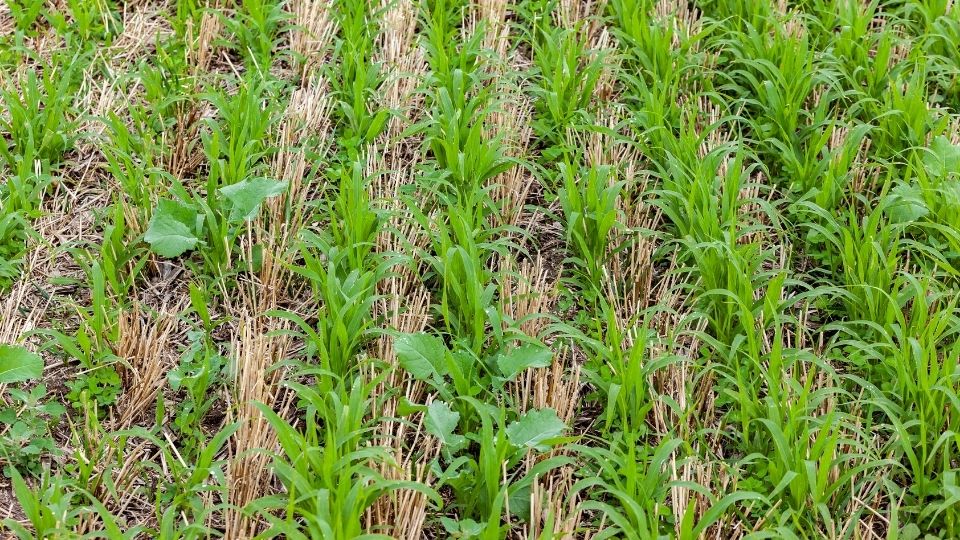USU Extension Receives Grant to Research Cover Crops in Corn

Due to the increased demand for efficiency and sustainability, farmers have to utilize all the resources their land and soil are willing to give them. Over the years, the dependence on soil resources has only increased as farmers have been asked to produce the same amount of food with less available resources. As production practices have changed to increase efficiency, farmers and ranchers have been searching for ways that they can provide healthy inputs back to the soil.
To understand the implications of this topic it is important to define the term soil health. The NRCS defines soil health as “the continued capacity of soil to function as a vital living ecosystem that sustains plants, animals, and humans”. The main goal in monitoring soil health is to make sure that soils stay sustainable and viable for future generations. There are many different indicators of soil health. Some of the measurements used to evaluate soil health include percentage of organic matter, healthy microbial activity, solid soil structure, and continuous nutrient cycling.
One soil health practice that is gaining popularity here in Cache County is to interseed cover crops between corn rows. Many who hear of this strategy worry that cover crops will steal precious nutrients from corn plants causing a decrease in overall yields. However, some studies have stated that if cover crops are planted at the correct timing that there is little to no effect on corn yield. While the cover crop research is helpful, most of it takes place in the mid-western states, and little to no research has been conducted here in the intermountain-west. To help address this problem USU Extension, in collaboration with the NRCS, local conservation districts, and the Utah Department of Agriculture and Food, have been awarded a $29,000.00 grant to research and identify the effective planting times of cover crops interseeded into corn. The research study will look at the effects that interseeded cover crops have on overall corn yield, soil health, and cover crop yields. The research study will be taking place over the next two years, with results being shared at producer workshops and crop schools.
For any who are interested in this strategy, the North Cache Conservation District has bought an inter-seeder to drill cover crops between corn rows. The interseeder drills two rows of cover crops between each 30” corn row. The interseeder is available to rent through the North Cache conservation district. A no-till drill is also available to rent through the Blacksmith Fork Conservation District. If anyone is interested in renting either of these pieces of equipment please contact the USU Extension Office in Cache Country (435) 752-6263 and we will get you in contact with the conservation districts.


 Utah 4-H & Youth
Utah 4-H & Youth